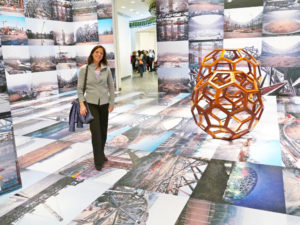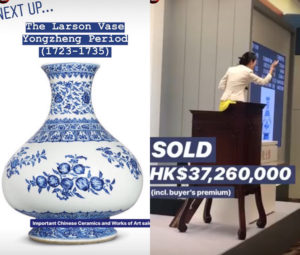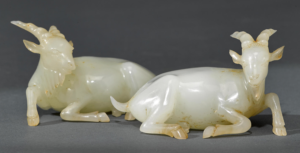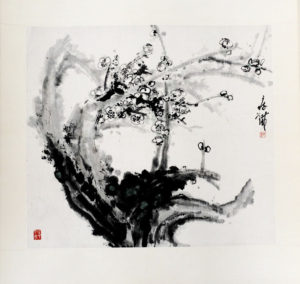Q & A with ASA’s Chinese Art Webinar Instructor Dr. Lydia Thompson, ASA
The American Society of Appraisers (ASA) is hosting a fascinating upcoming webinar: “Introduction to the Chinese Art Market, Challenges and Opportunities” on Feb. 5, 2019 from 1:00 p.m. to 3:00 p.m. ET.

In the past 20 years, the Chinese art market has grown dramatically, tracking the expansion of the Chinese economy, which is now the world’s second largest. This webinar will provide an overview of the socio-economic forces behind its dramatic growth and headline making prices at auction, and the challenges of appraising and advising on Chinese art. According to Artprice, since 2006, China has consistently been in the top three global art markets and is the largest in Asia. Some sectors are booming with prices often wildly exceeding auction high estimates, while others have stayed the same or declined.

Drawing on more than 25 years in the field of Chinese art as an art historian, educator and appraiser, Lydia Thompson, Ph.D, ASA, the presenter, will address the following: the factors behind the growth of certain sectors, the role of mainland Chinese collectors and Chinese auction houses in driving the market, why the IRS will not accept realized sales from Chinese auction houses, the industry of fakes and forgeries of Chinese painting, sculpture, ceramics among other works of art and its impact on the market.
Dr. Lydia Thompson, ASA, is an accredited appraiser in Asian Art, and authority on the art and archaeology of China. She has more than 25 years of experience as an art historian, curator and educator, and 12 years as an appraiser. Dr. Thompson has published scholarly and general interest articles and catalogs on Chinese art, archaeology, and the Chinese art market. She received fellowships for her research from The National Gallery of Art, Washington, D.C. and the Kress Foundation for Art History. Dr. Thompson has a B.A. in East Asian Studies from Middlebury College and an M.A. and Ph.D. in Art and Archaeology from New York University, Institute of Fine Arts. She is currently a principal of Thompson & Martinez Fine Art Appraisals, Inc. based in San Diego, CA.
Dr. Thompson agreed to answer a few questions about this exciting webinar.

ASA: What are some of the challenges involved with appraising Chinese art and pitfalls to avoid?
Dr. Thompson: China has a sophisticated cultural tradition of art production going back 4,000 years, including calligraphy and painting, Buddhist art, bronze work, lacquer, stone carving, ivory, rhino horn, and jade sculpture, imperial porcelain and ceramics to name some of the more well-known categories. Because of this long and complex history and an art market awash with fakes, it is imperative to know who the experts and specialists are, and consult with them. An additional challenge is that best of the best are in China.

ASA: Are you seeing a growth in appraising opportunities in the Chinese art market?
Dr. Thompson: Yes, as descendants of original collectors get wind of the booming Chinese economy and art market, they realize that they should get those old paintings or dusty porcelains that their Great Grandfather got in China in the first half of the 20th century evaluated.
ASA: Are there issues with fakes and forgeries of Chinese art?
Dr. Thompson: Yes, in almost every collecting category. Moreover the industry of fakes and forgeries in China goes back centuries. There is also a long-standing tradition of painters “working in the manner of” ancient masters, and artisans emulating artwork from imperial workshops down to adding the reign marks. Combine these traditions with a soaring art market, and the legion of highly skilled forgers working in China today, and you get an extremely challenging environment for specialists and non-specialists alike.
ASA: Why won’t the IRS accept realized sales from Chinese auction houses?
Dr. Thompson: The IRS has stated that they do not have confidence in the “vetting practices” (verifying the authenticity of consigned artwork) of Chinese auction houses or in their post-sale publicly reported prices. Over the past decade there have been major problems with payment defaults (though Chinese auction houses have made an effort to address this) which make reported sales unreliable. Moreover, the art market in China is subject to manipulation by auction houses, sellers and buyers.
For more information and to register for “Introduction to the Chinese Art Market, Challenges and Opportunities,” please click here.
You can follow any responses to this entry through the RSS 2.0 feed. Both comments and pings are currently closed.


Comments are closed.